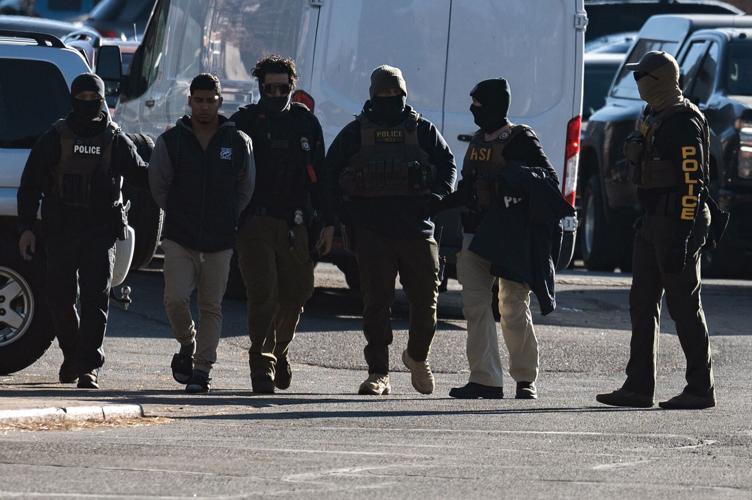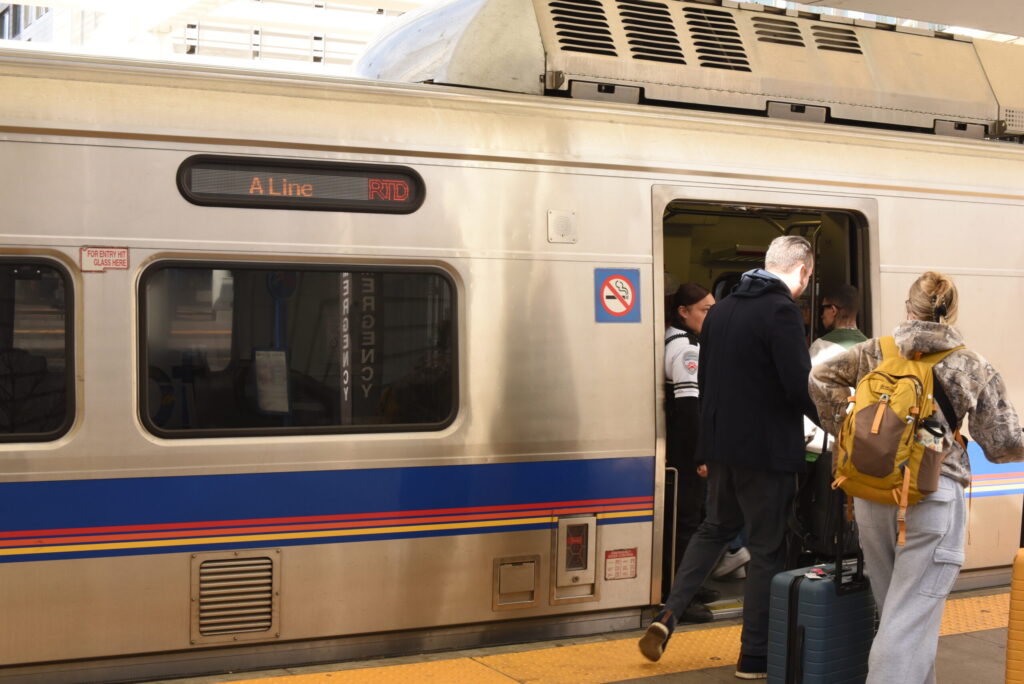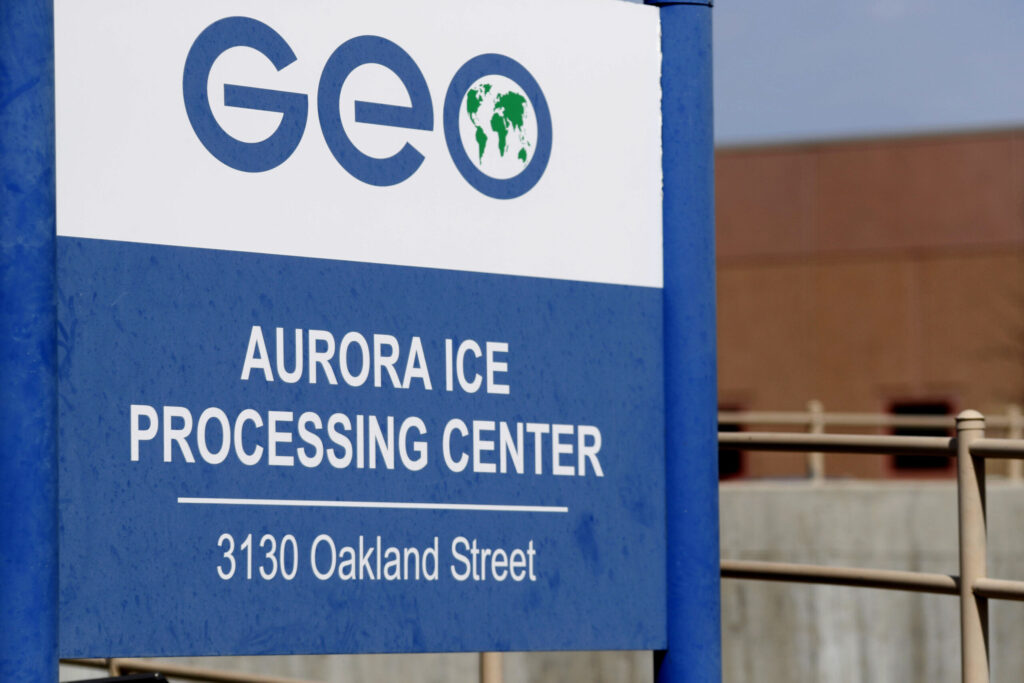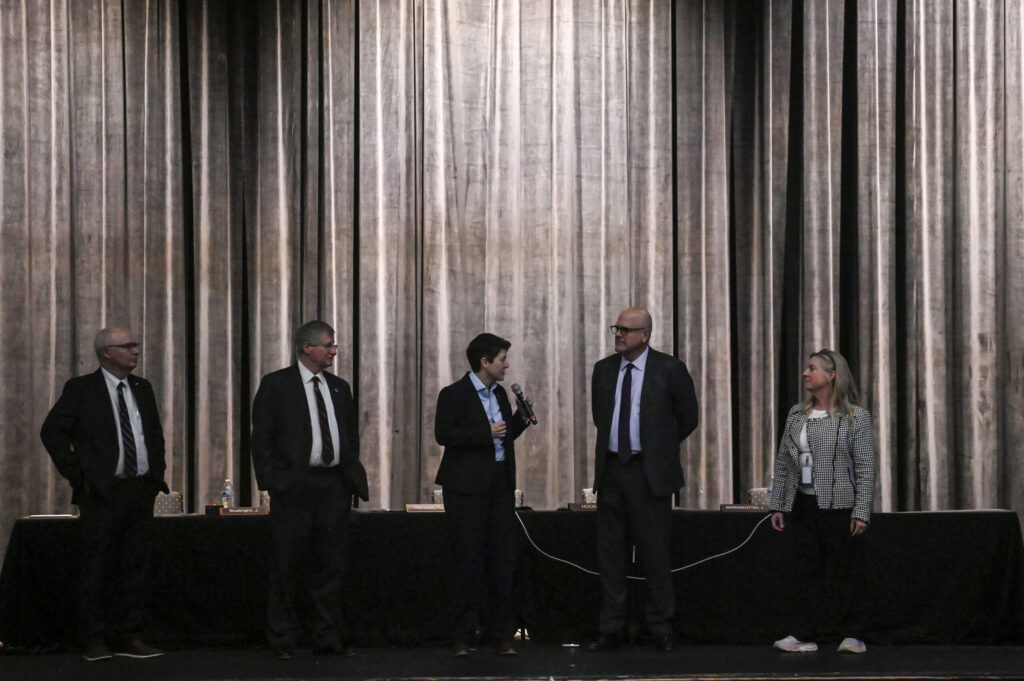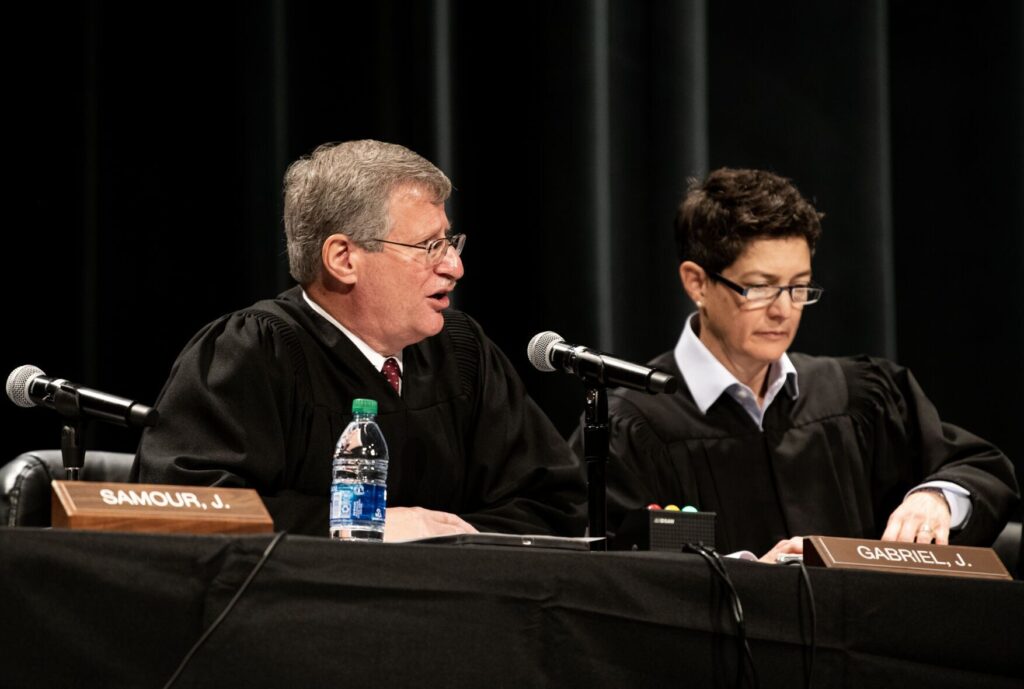Appeals court, for third time, confirms new trial necessary for Alamosa County judge’s public trial violation

Colorado’s second-highest court confirmed for the third time last week that an Alamosa County judge violated a defendant’s constitutional right to a public trial, which requires the reversal of his convictions.
The unusual number of opinions in Gilberto Andres Montoya’s appeal, and the shifting rationale for why a new trial is necessary, stems in part from the Colorado Supreme Court’s clarification earlier this year that livestreaming a criminal trial cannot automatically render a judge’s decision to close the physical courtroom constitutional.
The Sixth Amendment guarantees criminal defendants the right to a public trial. However, some circumstances may justify a judge’s decision to not keep the courtroom open to everyone — such as a spectator causing disruption or the closure being “trivial” in nature. Under the U.S. Supreme Court’s 1984 ruling in Waller v. Georgia, trial judges must consider specific factors when deciding whether to close a courtroom to one or more people. Unless justified, a violation of the right to a public trial triggers automatic reversal of a defendant’s convictions.
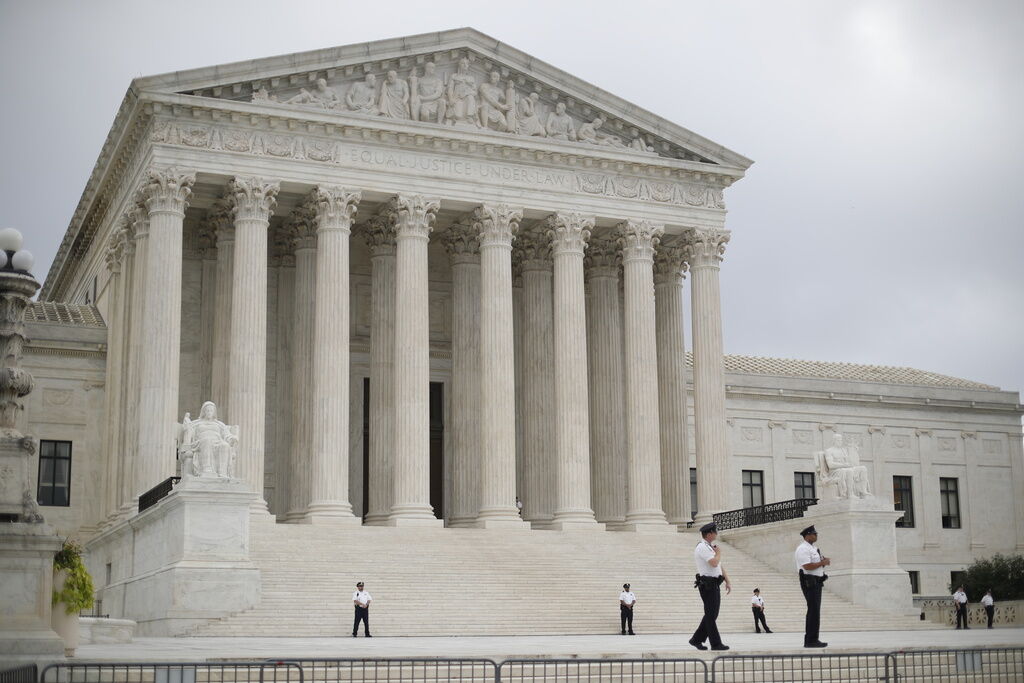
A jury convicted Montoya of trespass, criminal mischief and failure to leave the premises after a 2021 trial, in which Montoya represented himself. Months earlier, Montoya objected to any proceedings happening remotely, but a county court judge ruled the parties “may proceed by Webex,” a livestreaming platform.
Because of the COVID-19 precautions in place, then-Chief Judge Martin A. Gonzales, who presided over Montoya’s trial, required distancing and masking in his courtroom. Members of the public who wanted to watch the trial had to do so by Webex.
In April 2024, a three-judge Court of Appeals panel concluded Gonzales’ exclusion of spectators from the physical courtroom violated the Sixth Amendment. Further, Gonzales made no findings to justify the closure in accordance with the factors in Waller, which included the breadth of the closure and the alternatives available at the time. The question, therefore, became whether to order a new trial outright or to return the case to the trial court for further analysis of the closure.
Judge Rebecca R. Freyre wrote that the combination of the elected district attorney’s disbarment, the trial prosecutor’s dismissal from the office and Gonzales’ failure to consider any alternatives to accommodate spectators suggested there was no way to justify the closure in retrospect. Therefore, Montoya deserved a new trial.

After the panel’s initial opinion, the Colorado Attorney General’s Office asked the appellate judges to reconsider. Among other things, the government pointed out that Gonzales, while retired, could testify about his rationale for closing the courtroom, regardless of the prosecutors’ unavailability.
Even if Gonzales could speak after the fact about all of the factors surrounding the closure, “another judge would have to make the Waller findings for a trial that they did not preside over, and without the assistance of the elected district attorney or prosecuting attorney from Montoya’s trial,” countered public defender Julieanne Farchione.
Four months later, in August 2024, the panel issued a second opinion, slightly modifying its first. The panel deleted its references to the DA’s disbarment and the trial prosecutor’s dismissal. It now emphasized that Gonzales did not explore the breadth of the closure or alternatives to closure at the time, making it impossible for a new trial judge to retroactively assess Gonzales’ rationale.
The government then appealed to the state Supreme Court. While Montoya’s case was pending, the justices handed down a pair of decisions in June clarifying that livestreaming is not automatically a substitute for a judge’s decision to close his physical courtroom to members of the public.
The Supreme Court returned the government’s appeal to the Court of Appeals panel for a new assessment in light of its decision.
For the third time, in a Nov. 20 opinion, the panel once again determined Gonzales’ courtroom closure required a new trial.
Case: People v. Montoya
Decided: November 20, 2025
Jurisdiction: Alamosa County
Ruling: 3-0
Judges: Rebecca R. Freyre (author)
Jaclyn Casey Brown
Sueanna P. Johnson
This time, Freyre pointed to an order Gonzales himself issued as chief judge about COVID-19 protocols for jury trials. The order described various options available. First, in Alamosa County, where Montoya was tried, there were three courtrooms, including two that were larger than Gonzales’ courtroom. Second, other counties in the judicial district had off-site facilities like schools and fire stations for jury trials. Finally, the order suggested jury selection could be conducted in “waves” to satisfy occupancy restrictions.
Even though the order came from Gonzales himself, he did not address any of those alternatives — nor did he even mention that there was no room for the public in his own courtroom, Freyre wrote in the appellate panel’s opinion.
“In contrast, here, the Order reflects the availability of larger courtrooms, the potential for using off-site locations, and the possibility of conducting voir dire in waves to accommodate public access,” she explained, “but nothing the court said, nor anything in the record, suggests that the court considered these options when deciding to conduct the trial virtually.”
With U.S. Supreme Court precedent clearly requiring Gonzales to analyze various factors before closing his physical courtroom, and because he did not do so, the panel reiterated that a new trial was necessary for Montoya.
The case is People v. Montoya.


